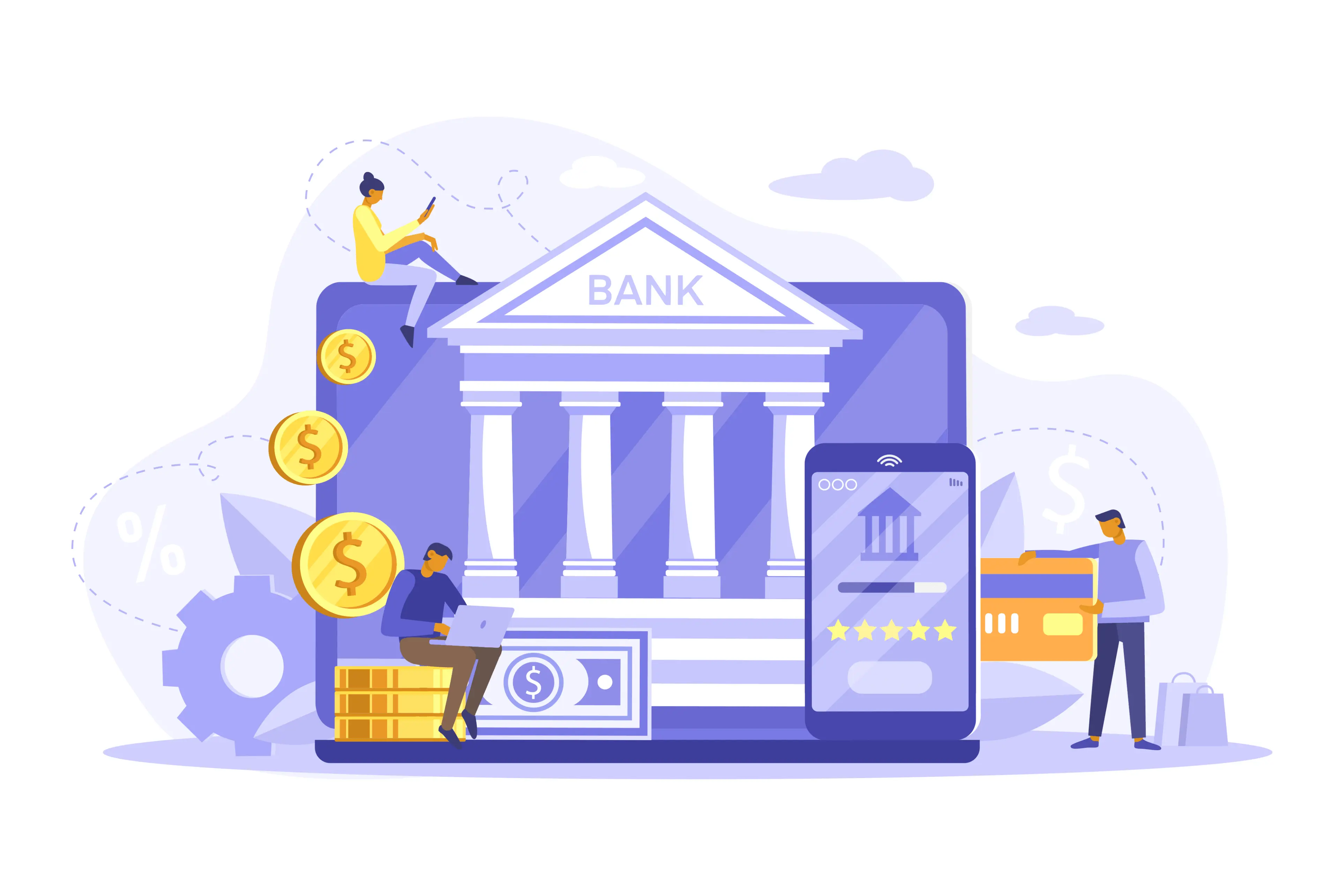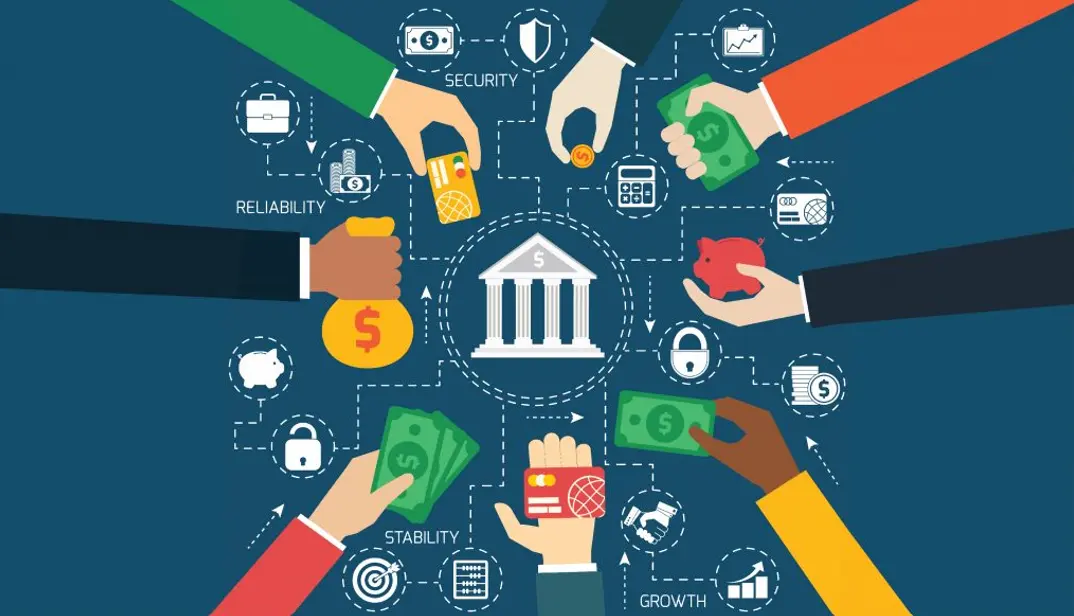

In response to growing concerns over security, fraud, and financial instability, the government has introduced new regulations for digital banking and cryptocurrency investments. The rules focus on enhancing transparency, strengthening compliance measures, and protecting consumer interests in the evolving digital finance landscape.
The latest regulatory framework comes amid rising adoption of cryptocurrencies and online banking solutions, with lawmakers and financial institutions seeking greater oversight to mitigate risks. The move is expected to impact crypto exchanges, digital wallets, fintech firms, and banking institutions that deal with digital assets.
Key Highlights of the New Regulations 1. Stronger Compliance for Crypto ExchangesMajor crypto exchanges such as Coinbase and Binance have expressed concerns over increased regulatory scrutiny, arguing that some rules could limit innovation. However, they also acknowledge that clearer regulations could attract larger institutional investors.
Banking Sector PerspectiveTraditional banks welcome the new guidelines, believing they will level the playing field between legacy financial institutions and digital-first banking platforms.
Government and Lawmakers' StatementsThe government has indicated that it may introduce additional measures based on how the market reacts to these new policies. Future discussions will focus on:
Swipe. Select. Stay informed.


The Federal Reserve has raised interest rates in response to persistent inflation concerns, aiming to stabilize prices and maintain economic stability. The hike is expected to impact borrowing costs, mortgage rates, and financial markets in the coming months
Wells Fargo is launching its new digital wallet, designed to compete with major fintech players like PayPal and Apple Pay. The new wallet aims to provide secure, seamless digital payments, leveraging Wells Fargo’s existing infrastructure and customer base
In response to the COVID-19 pandemic, banks are introducing new remote banking options to ensure customer convenience, safety, and accessibility. These digital transformations are reshaping how customers interact with their financial institutions
The Small Business Administration (SBA) has highlighted its lending programs as key drivers for small business growth. These programs, including the 7(a) loan and 504 loan, provide crucial funding to entrepreneurs, especially those from underrepresented communities.



The Connection Between Banking Rules and Investment Returns

How U.S. Banking Policies Influence Investment Choices

How U.S. Banking Policies Have Evolved Over Time

U.S. Banks' Response to New Investment Regulations